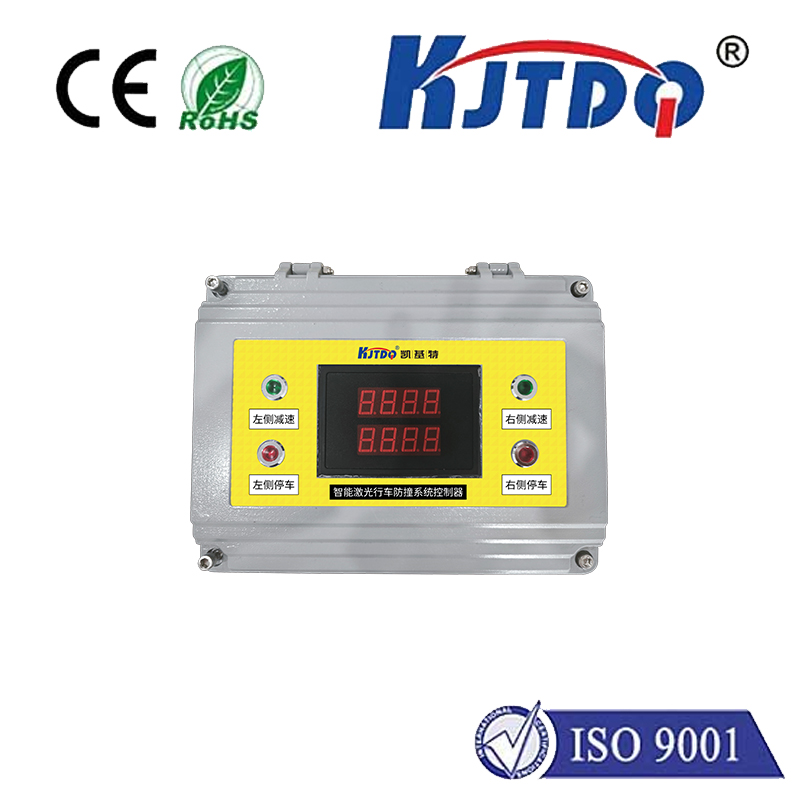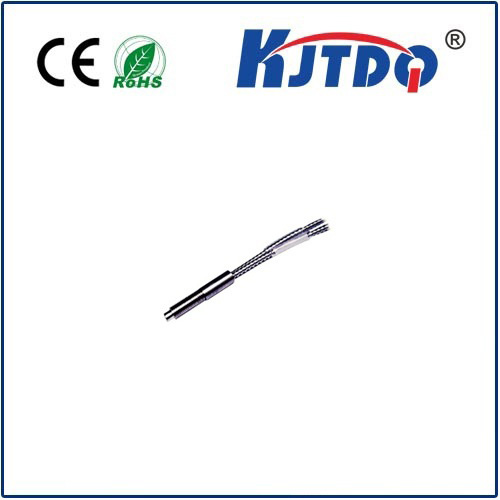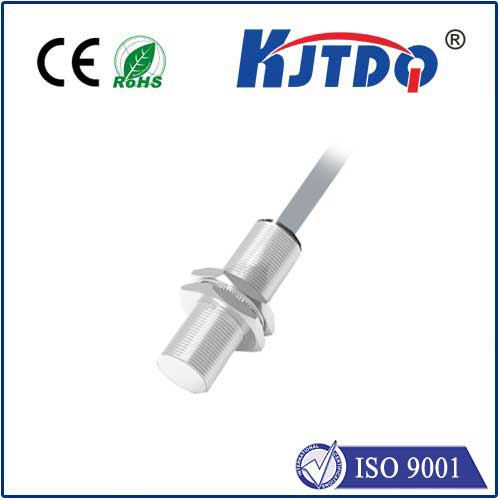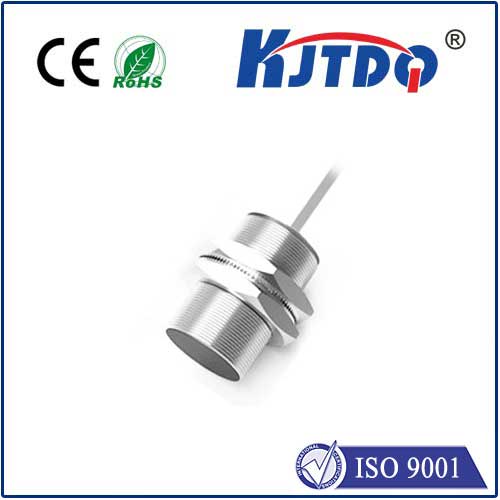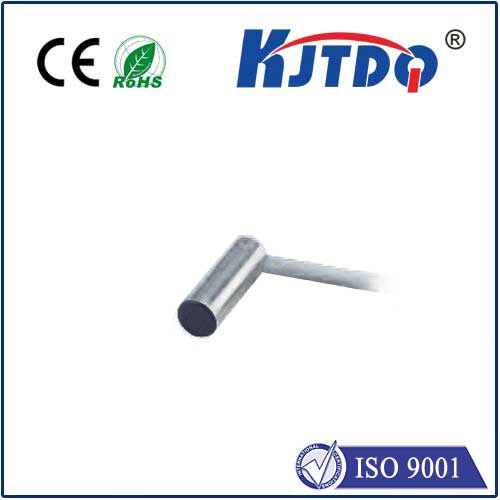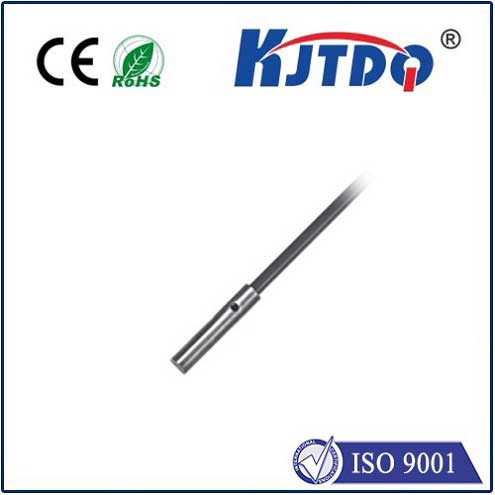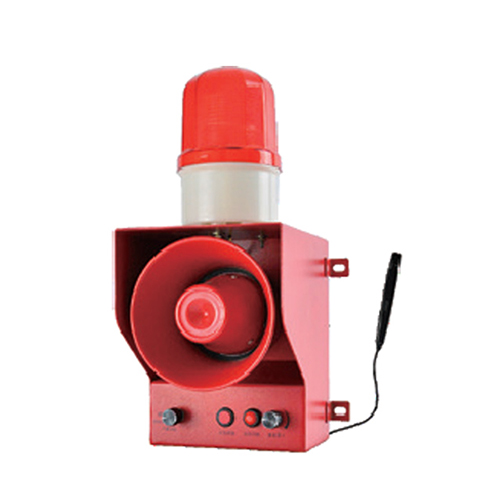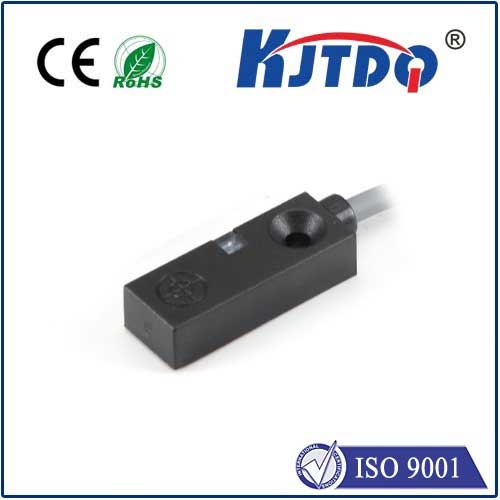

check

check

check

check
Ever glanced at the thermometer on your car dashboard, checked the dial on your oven, or monitored a critical process in a factory? Chances are remarkably high that the device silently and reliably providing that temperature reading relies on a principle discovered centuries ago: bimetallic temperature measurement. While digital sensors flood the market, the bimetallic temperature gauge remains a cornerstone of countless applications, prized for its simplicity, durability, and direct visual feedback. Let’s delve into the fascinating physics behind this technology and explore where these robust instruments truly shine.
The Heart of the Matter: The Principle of Differential Expansion
The magic lies entirely within the bimetallic strip, the ingenious core component. As the name suggests, this strip is composed of two distinct metal alloys (such as brass and invar, or nickel-iron alloys) bonded firmly together along their entire length. These metals are carefully chosen for a crucial property: their significantly different coefficients of thermal expansion.
What does this mean? Simply put, when heat is applied, all materials expand, but different materials expand at different rates. One metal in the bonded strip expands more than the other as the temperature rises. Conversely, when cooled, one contracts more than the other.
This differential expansion or contraction between the two tightly bound metals creates a powerful mechanical force. The strip reacts by bending. The metal with the higher expansion rate becomes the outer surface of the curve when heated, while the lower-expansion metal forms the inner curve. Crucially, the amount of bending is directly proportional to the temperature change. This predictable physical movement becomes the foundation for temperature indication.

From Bending Metal to Useful Measurement: Translating Motion
A bimetallic strip bending on its own is scientifically interesting but practically useless. The genius of the bimetallic temperature gauge is in how it translates this bending motion into a readable value on a dial. Here’s the typical mechanism:
As the temperature changes, the bimetallic coil winds tighter or unwinds, driven by its inherent differential expansion. This rotation is transferred directly to the shaft, causing the pointer to sweep across the calibrated dial. The position of the pointer relative to the scale markings provides an immediate and direct reading of the temperature. There are no batteries, no complex electronics – just the elegant harnessing of fundamental physics.
Why Choose a Bimetallic Gauge? Key Advantages
In an age of digital sensors and microcontrollers, the enduring popularity of bimetallic thermometers speaks volumes about their unique strengths:
Where the Bimetallic Principle Reigns Supreme: Common Applications
The combination of ruggedness, simplicity, reliability, and visual clarity ensures bimetallic temperature gauges find widespread use in diverse sectors:
Understanding the Limitations
While remarkably versatile, bimetallic temperature measurement also has inherent limitations to consider:
The Enduring Relevance of a Mechanical Marvel
In conclusion, the bimetallic temperature gauge is a testament to the power of simple, elegant engineering rooted in solid physical principles. Its reliance on the differential expansion of bonded metals translates directly into a reliable, self-powered, and highly durable temperature indicator. While perhaps not achieving the ultimate precision of its digital counterparts, its rugged reliability, intrinsic safety, and immediate visual clarity ensure its continued dominance in a vast array of applications where these qualities are paramount. From the depths of an industrial furnace to the dashboard of your family car, the unassuming bimetallic thermometer continues its vital work, a mechanical sentinel silently keeping track of the heat that shapes our world. Understanding its function provides not only insight into a fascinating technology but also a deeper appreciation for the often-overlooked engineering that underpins our daily lives.
